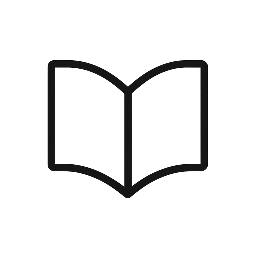Fable: A Fable may be defined as a story told to impress a certain idea (or ideas) on the minds it was intended to interest.
Fabulistic Features [any of which may be tried]:
n A sincere, or a nave, narrator either reliable or unreliable (Matt McGough would be an example of a sincere reliable narrator; Red Peter a sincere unreliable; Tates narrator a sincere unreliable; Laura Riding an equivocating (non-sincere) reliable; etc).
n Repetition of elements in order to intensify the impression of patterns in the detail
n A proverb that glosses, or encompasses the storying distillation of ideas into a short sentence
n Personification of emphasized, or repeated, story-elements (c.f., Laura Ridings use of Centaurs & Mentaurs); & to substitute a person (the pronoun capitalized) for an idea so that the idea may carry motive, or act sincerely (as in Tates Horsefly); or to point to certain resemblances in the ontogenesis of a character that maintains resemblances to both human or animal form (c.f., Kafkas Report to An Academy). Animal characters are a big part of the fable tradition.
Write a fable that begins, or ends, with a proverb. The fable will revise it, parody it, for purposes of humor, or find (in irony) proof contrary to the proverb.
Suggestions for the composition of this fable:
a.) condense an historical narrative or novel youre reading (or have read) in another class into a short moral tale as an exercise in tendentious summary-paraphrase. You may use recent events (two leaders of distant lands, talking about corruption?)
b.) Find a relatively well-known fable that you think works well in the context of a contemporary issue of concern. Re-write the fable to suggest how it offers a new way to think about the dilemma, or perhaps even as it suggests a solution to some issue, or dilemma.
c.) Choosing a common fable that deploys both human and animal characterization, change the setting, or change the animals being characterized. Add or alter the dialogue as is needed. Let the point of view of the narration migrate (see, e.g., James Tates tale, the p.o.v. which seems to be in the householders perspective, but switches to the flys). In so doing, youll revise the moral, perhaps to reflect a new understanding of how animals really are.
Criteria for Evaluating Fable [200 points]
Is the idea, proverb, or moral being tested by the fable apparent? Is the moral implicitly, or explicitly stated? If theres more than a single idea, is one idea more explicit than another? Is the proverb undercut, or proved? [20 points]
Have the features of Fables been utilized? E.g., an approach to narrative point of view; a repetition of elements that can intensify the impression of pattern; the use of resemblances [or other tropes] that personify, or create patterns of argument in the tale? The use of a well-known narrative pattern that is undercut or parodied? [50 points]
Does the fable intend to delight as well as instruct? Is there an effort to balance these purposes? [50 points]
Arrangement of narrative elements [use of scene, detail, anecdote] and plot [event, characterization of persons] well-judged and seamlessly included? [20 points]
Style: format [title; p. #s; double-spaced; paragraphs]; word-choice, use of trope neither over-wrought, mixed or unaware; sentences [variety of types, rhythm, flow]; paragraphs [topic apparent in them] creating space for evidence; tone appropriate and moving; proofreading has occurred. [60 points]

Leave a Reply